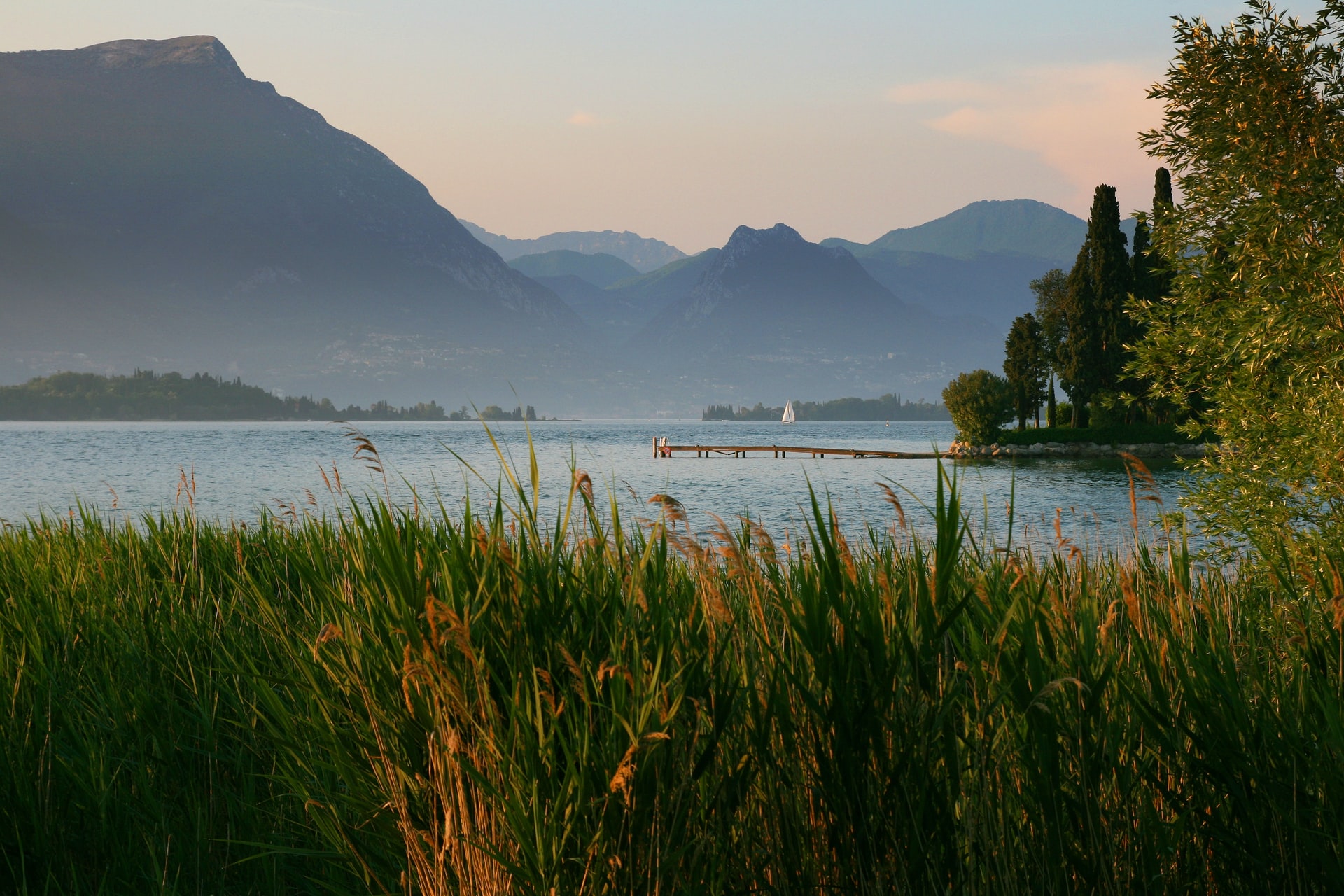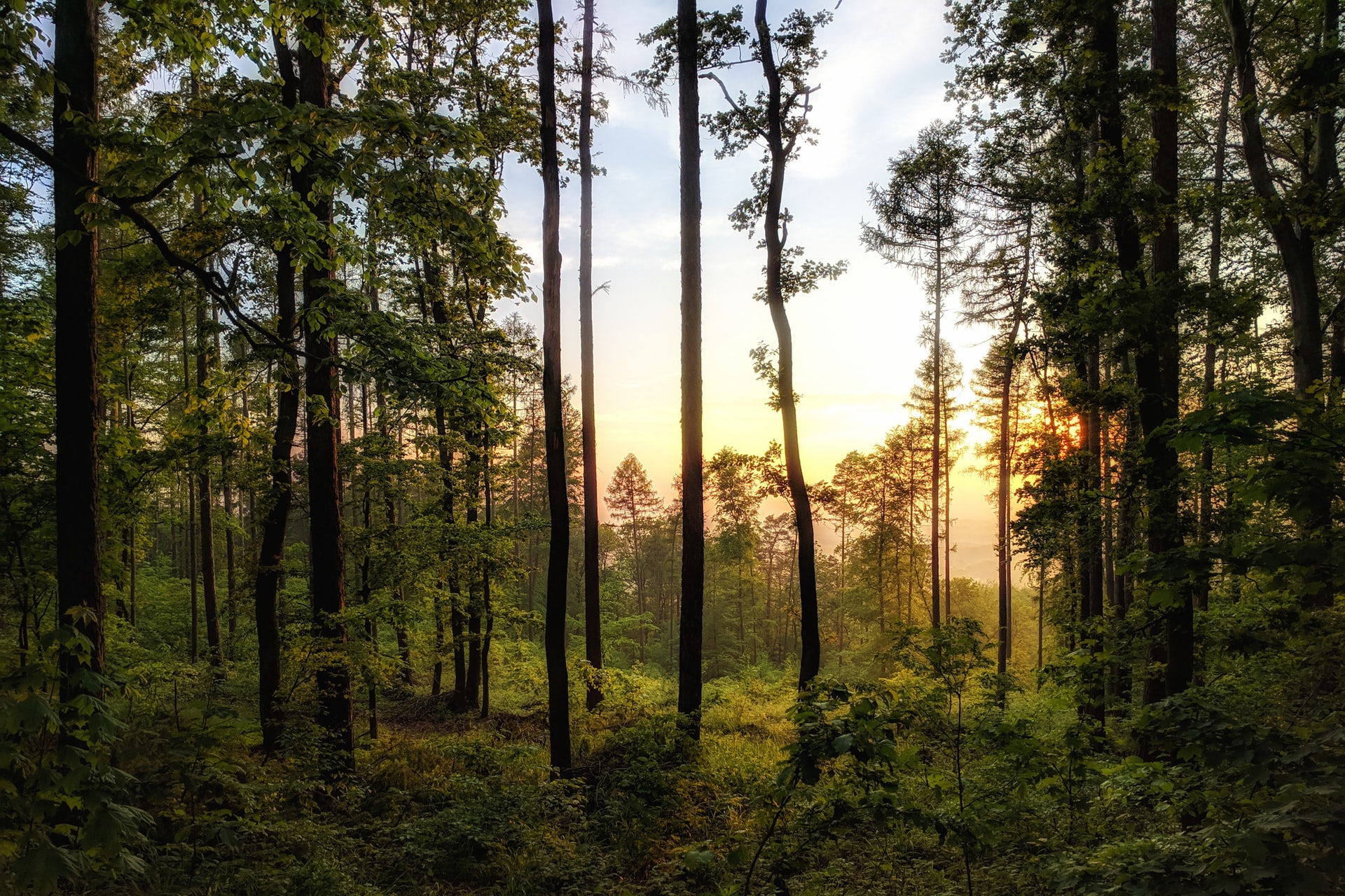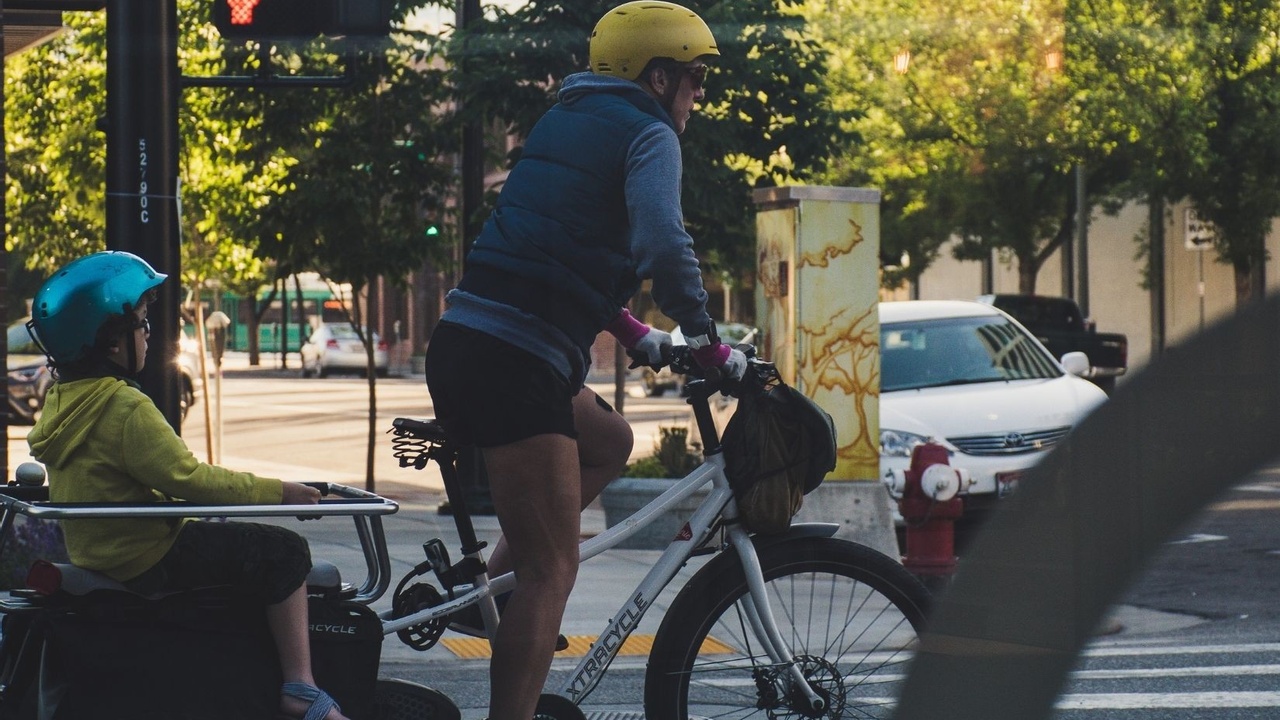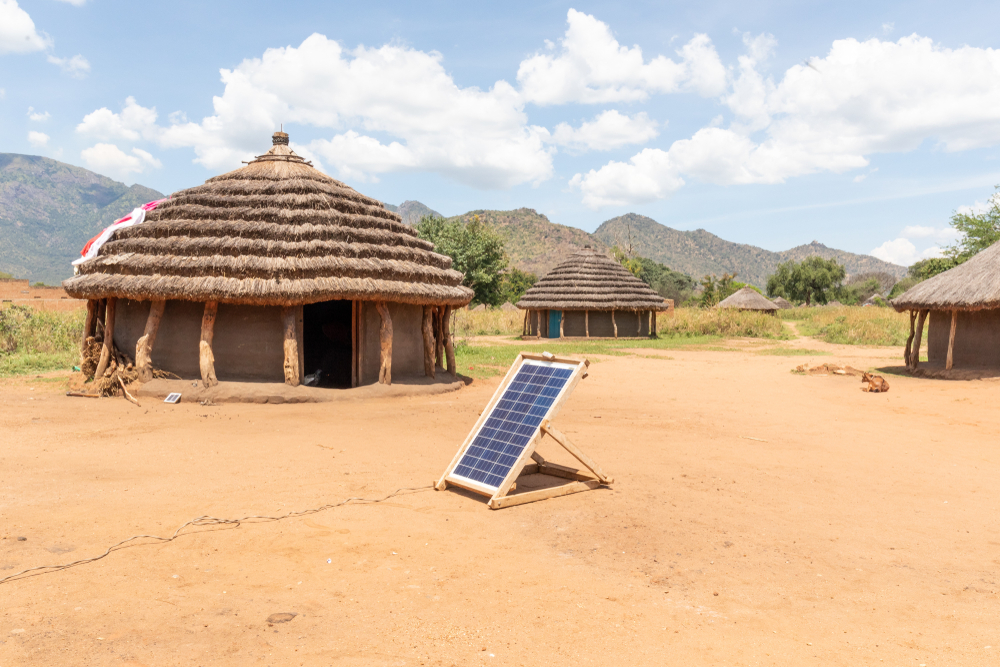Sustainable wellbeing and green living
Let's find ways to Flourish!
Tying the knot while loving the earth

Weddings are often one of the most significant days of our lives and can be a beautiful celebration of your relationship and public commitment that you make to one another. And yet, amidst the joy and beauty of this celebration, the truth is that typical weddings can have a large negative impact on the earth.
Think about it – all the food, decorations, wedding favours, clothing purchases, and of course gifts. Many of these items end up being purchased solely for the wedding day, and unfortunately, weddings can generate plenty of wasteful behaviours and over-consumption. When really, all that we want is to celebrate two people and their love for one another. So, why all the waste?
According to the Green Bride Guide, the average wedding in the United States produces 400 pounds of garbage and 63 tons of carbon dioxide. Producing that amount of waste in one day just isn’t sustainable, especially considering how many couples get married each year.
And yet, there are plenty of ways to min...
Protecting the ribbon of life

Spending time on a shoreline is a privilege and an escape that so many of us enjoy. Whether that is with day trips to the beach, or camping near waterways or having a cottage or even home on a shore, we know that being at the water’s edge is calming and peaceful. For me it somehow washes away my stress in an instant.
In fact, it is thought that watching the movement of water is so ingrained in our evolution, that it is innately calming to most of us, and being in nature has known benefits to both our physical and mental wellbeing.
However, as much as we like to be near the water or to live on waterfront properties and take advantage of the benefits that come along with these locations, it is crucial to remember that lakes aren’t just for human enjoyment. They are ecosystems that provide a habitat to many important species that contribute to the overall health of the lake.

Development alongside lakes, which consists of building waterfront homes, cottages, and campsites, has a signi...
Why bicycle parking garages make a difference

Cities are beginning to adjust their infrastructure in an effort to become more inclusive when it comes to active transportation methods. Active transportation is any kind of human-powered form of travel. This includes walking, cycling, running, skateboarding, rollerblading and more.
One method of active transportation in particular is quite popular and has the potential to really transform the way we use our roads and build our cities. As you might have guessed…this method of transportation is cycling!

Ever since the COVID-19 lockdowns, there has been a dramatic increase in bicycle sales around the world. It’s no secret that people have been exploring new hobbies over the course of the pandemic, and this so-called bike boom might result in significant and long-lasting changes when it comes to the way we get around in our cities.
For example, many cities around the world have taken measures to create more space for bikes on the road. In Paris, hundreds of kilometers of pop-up cycl...
How to be an eco-traveler

Lots of us like to travel, and indeed there are many economies that rely on tourism and travel, but the COVID-19 pandemic largely shut that down and while we saw reductions in air pollution levels from the dramatic decline in air travel as well as far fewer vehicles on the road, we know that travel will remain an important part of our world. So, let’s talk about the intersection between travelling and sustainability, otherwise known as eco-travel.
The problem with tourism
When we think of tourism and common tourist destinations, we might associate this with harmful environmental actions and practices. For example, carbon-heavy flights, overpopulated tourist destinations where humans leave their imprint, the unnecessary purchasing of cheaply made souvenirs, and more.
While tourism is a major industry that makes a significant economic contribution to many countries, there are many social and environmental issues associated with tourism. These problems include the potential change or l...
Another tool to reduce Climate Change: Afforestation

When discussing the various ways in which we can mitigate climate change and help heal the planet, reforestation is a popular suggestion.
Reforestation is the natural regrowth or intentional planting of trees in existing forests and woodlands which have been depleted. Reforestation is often used as a way to remediate the negative effects of deforestation or clear-cut logging.
For example, tropical forests in Latin America face extreme deforestation due to logging, agriculture, and livestock grazing. Replanting native tree species within these areas helps to conserve habitat for wildlife species and also helps stabilize the climate by increasing the removal of CO2 from the atmosphere by trees.

Trees have the potential to significantly impact the health of our planet (read all about why we need to celebrate trees here), so we shouldn’t shy away from climate solutions which utilize these magnificent plants! Yes – reforestation is one answer, but did you know that there are other ways...
Don’t wait, begin your Race to Zero

Now, more than ever, we must make a worldwide effort to reduce and even eliminate our use of carbon. Climate change is no longer a problem of the future…it’s happening now, and it has devastating impacts that are becoming increasingly difficult to ignore.
Look at Canada, for example. Canada experienced record-breaking heat levels in the summer of 2021. Within two days, the Canadian temperature record increased from 45°C (113°F) (recorded in 1937) to 47.9 °C (118°F). Not only was this the hottest temperature that Canada had experienced, but it was also the highest temperature ever recorded on the planet north of 50N latitude. Crazy right?

Rising temperatures have serious human health and environmental consequences. Just last year, air temperatures reached 38°C (100°F) in Siberia, causing the acceleration of permafrost thawing in the region. Permafrost contains a large amount of greenhouse gases which are released into the atmosphere as it thaws.
And the impacts of climate change do...
Can road design reduce carbon emissions?

Reducing the prevalence of cars in cities is an important part of creating more sustainable cities. We know that automobiles emit harmful pollutants such as carbon dioxide and reduce walkability, so we need to ask ourselves, “what can we do to minimize their usage?”
While there are many methods of reducing automobile usage, such as the promotion of active transportation through the creation of urban walking trails, bike lanes, and the utilization of Transit Oriented Design, the reality is that vehicles will continue to be used for quite some time.
For one, they are practical when travelling long distances and can accommodate large groups of people (ie. busses). In addition, electric vehicles are gaining popularity which means that the overall environmental impact of automobiles will be reduced!
Prioritizing road safety

Photo sourced from: Streets for the People
This is why it is necessary to make our roadways as safe as possible. As long as vehicles are around, they pose a serio...
Is night solar the next form of green energy?

Image sourced from: The Guardian
Solar power is a type of renewable energy that has the ability to help us reduce our carbon emissions and mitigate climate change, as it is a viable alternative to electricity generated from fossil fuels. You are probably quite familiar with solar power since it is one of the most common forms of alternative electricity generation and has many different applications!
For example, solar power has proven to be a life-changing addition to remote communities where electricity is not widely available or affordable.

Solar power’s many other uses range from the creation of backpacks with built in solar lights to green building technologies such as solar panels and solar walls.
How solar energy becomes electricity
Solar energy can be harnessed and converted into useable energy (such as electricity) through the use of photovoltaic panels, more commonly referred to as solar panels. When a solar panel is placed outside in a sunny location, incoming sunlight...
Room for the River

It is not uncommon for people to think of the natural environment as separate from the built environment. To be fair, it is hard to think of oneself as being part of the natural world when located in urban areas which are surrounded by buildings and concrete as far as the eye can see.
That being said, the truth is that there is no way to escape nature, as we are a part of it! Whether it seems like it or not, our human environments are constantly influenced and affected by nature and natural processes. One of the best ways to illustrate this concept is by discussing natural disasters such as earthquakes, hurricanes, and floods.
The climate change sized elephant in the room
These events are impossible to prevent. There is not much we can do in order to stop natural disasters from happening. The truth is that they do occur and will continue to occur due to climate change which exacerbates natural disasters both in terms of frequency and severity.
As you may know, either from firsthand...
Why we should emulate nature in design

Humans are influenced by nature in many different ways. One of those ways is through design. In many cases, we take inspiration from our natural surroundings when it comes to architecture, interior design, and many of our human-made inventions.
While taking inspiration from nature may be something as simple as utilizing natural colour schemes, nature-based design can also be much more complex. Take biomimicry for example.
Making design better!
Biomimicry is the reproduction of natural forms and their functions, to make human-designed objects and machines more efficient. According to the Biomimicry Institute, biomimicry is “an approach to innovation that seeks sustainable solutions to human challenges by emulating nature’s time-tested patterns and strategies.”
Some quick examples of biomimicry include:
- Increasing the efficiency of wind turbine blades, airplane wings, and propellers by mimicking the bumps seen on the front edge of a whale fin.
- Decreasing the noise level of Japan ...

